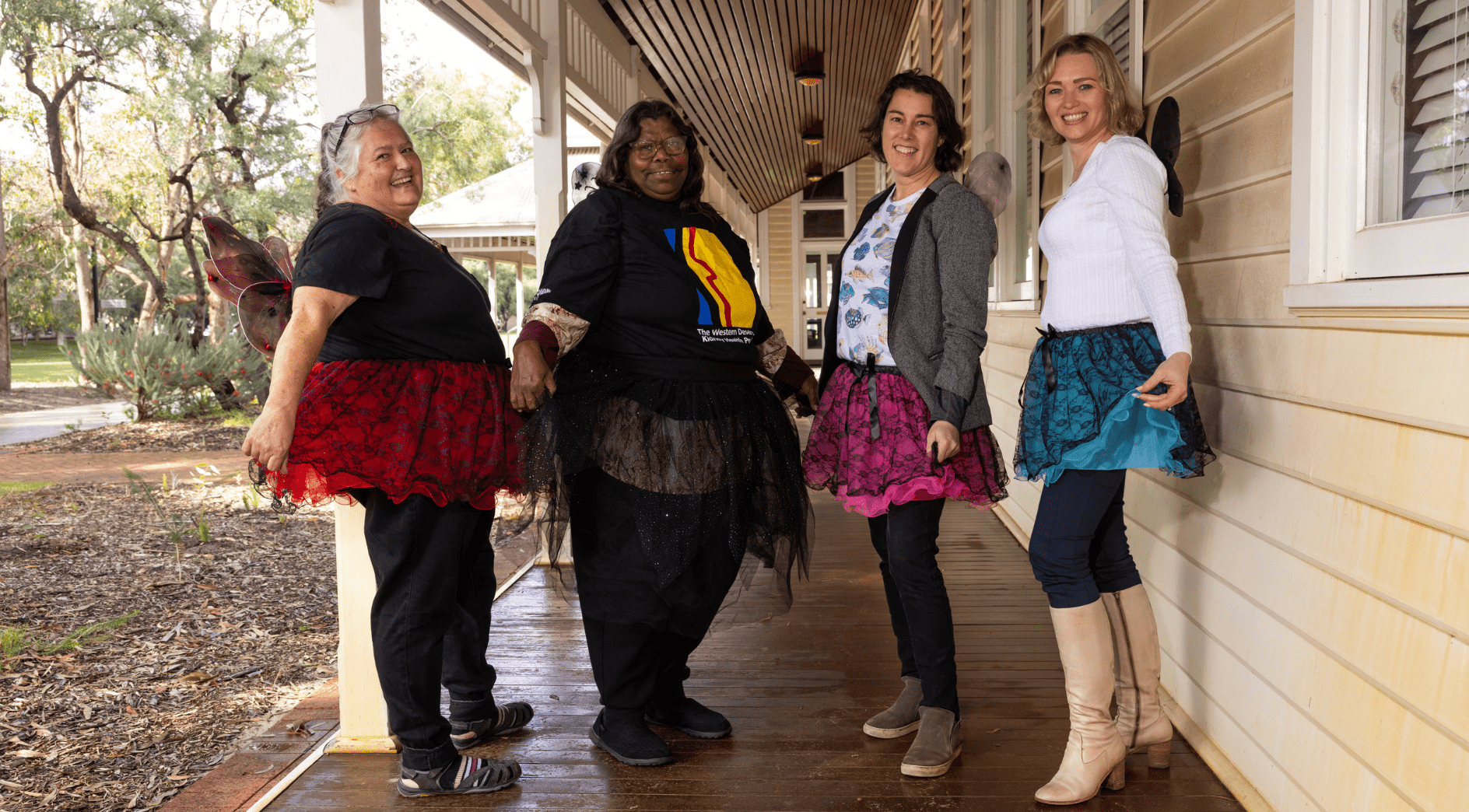The Heavy Metal Tooth Fairy sub-project is aiming to identify childhood exposure to heavy metals in regional and remote Indigenous WA communities by using geochemical analysis of deciduous ‘baby’ teeth.
Currently, there is little understanding of whether groundwater contaminants - especially heavy metals - are building up in children living in remote and regional Australia. The Heavy Metal Tooth Fairy Project aims to fill this crucial gap in knowledge.
The sub-project team at the University of Western Australia (UWA) are analysing 125 baby teeth from remote areas in WA alongside 125 teeth from ORIGINS participants, to compare the incidence of heavy metals in children’s teeth in metro vs regional locations.
The research team hypothesise that children in the regional and remote communities they engage with will exhibit higher levels of heavy metals in their deciduous teeth than their Perth counterparts. Further, the heavy metal exposure will align with evidence of heavy metal contamination in drinking water.
Heavy metals, which include materials like arsenic, lead, copper, mercury and zinc, are naturally occurring in the environment, and are found more commonly in resource-rich locations like WA.
While low exposure to some heavy metals is essential to the human body, or unharmful in low amounts, chronic low dose exposure to these minerals leads to accumulation in the body, resulting in toxicity and adverse bodily effects.
Heavy metal toxicity in children has been associated with:
- Intellectual disability
- Neurocognitive and behavioural disorders
- Cardiovascular and respiratory issues
The sub-project aims to:
- Characterise heavy metal exposure in children in remote areas using geochemical analysis of deciduous ("baby") teeth.
- Empower Aboriginal and remote communities with the skills and tools to assess their own drinking water quality so they can advocate for improvements.
- Build awareness, skills, and knowledge of environmental health, dental hygiene, and STEM in remote communities.
Mining activities have the potential to increase the exposure of nearby communities through dust generation and alteration of the hydrologic cycle further contaminating drinking water sources. This study provides a unique opportunity to collect vital information about the exposure of children in these communities to heavy metals and identify dominant exposure pathways i.e. water exposure vs soil and dust.
Investigators:
- Dr Christine Jeffries-Stokes at UWA
- Dr Annette Stokes at UWA
- Dr Sarah Bourke at UWA
- Dr Caitlin Wyrwoll at UWA
- Dr Aleksey Sadekov at UWA
- Dr Jilen Patel at UWA
- Dr Dr Yulia Shiikha at UWA

